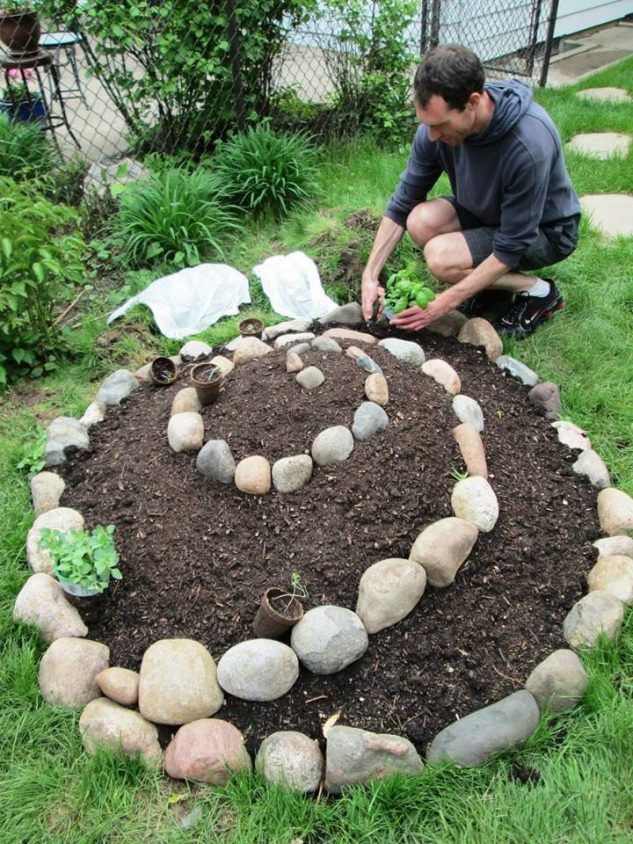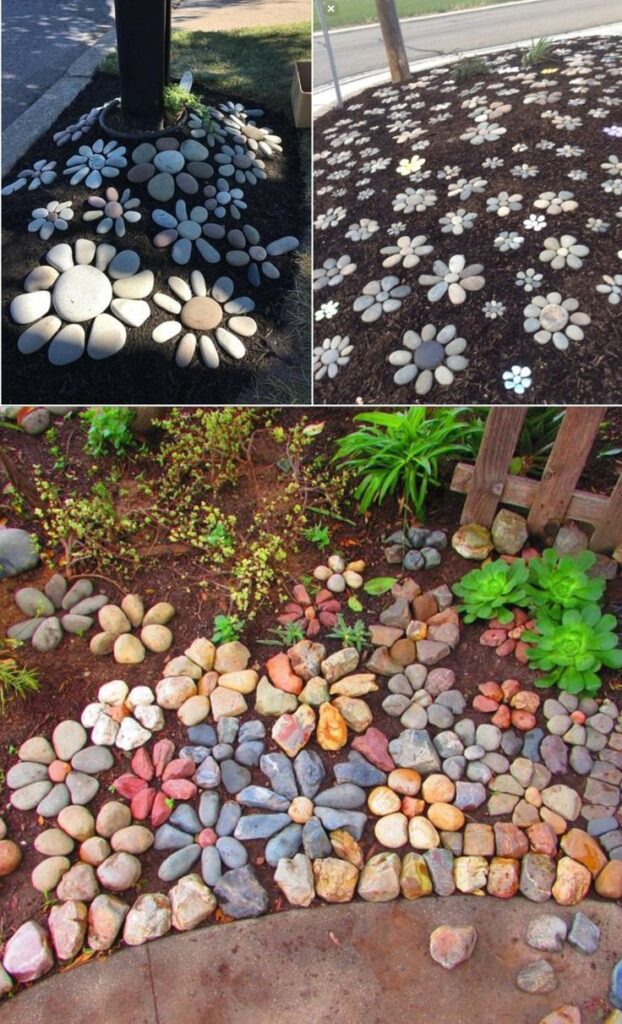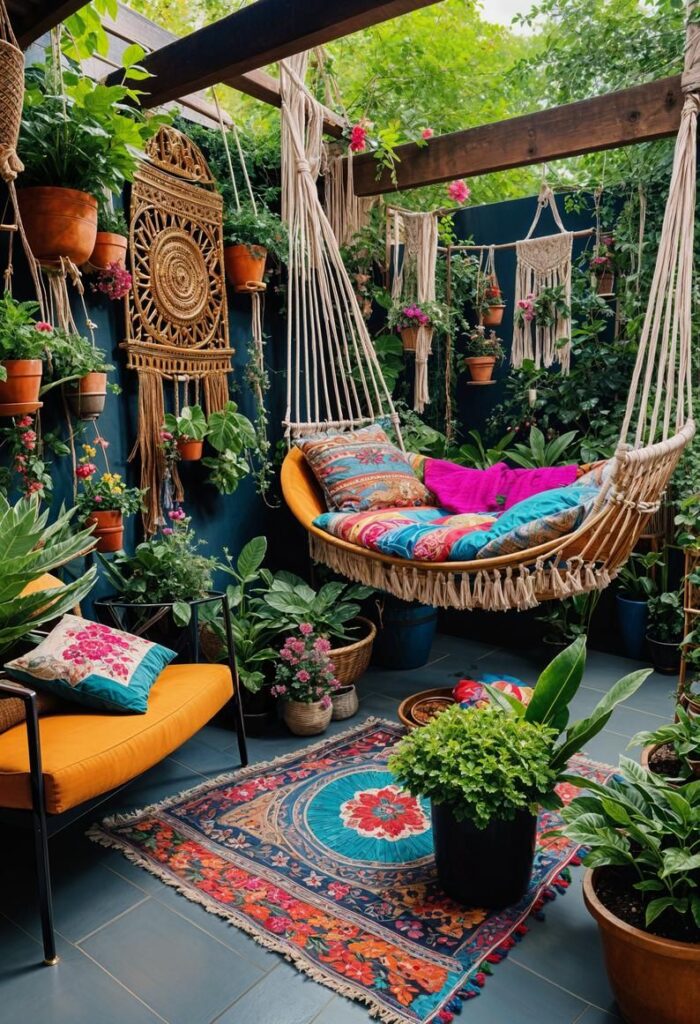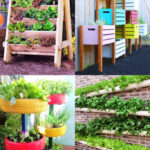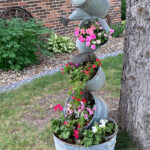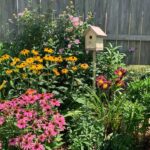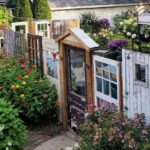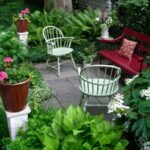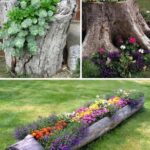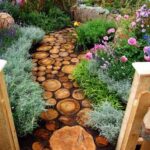One creative garden idea is to create a butterfly garden. By planting flowers and plants that attract butterflies, you can enjoy the beauty of these graceful creatures fluttering around your garden. Some common plants that attract butterflies include butterfly bush, verbena, and bee balm. Creating a butterfly garden not only adds beauty to your outdoor space, but it also helps support local pollinators.
Another creative garden idea is to incorporate a vertical garden. Vertical gardens are perfect for those with limited space, as they allow you to grow plants upwards instead of outwards. You can create a vertical garden by installing a trellis, using a pallet or planting in hanging baskets. Vertical gardens can add a unique and eye-catching element to your garden while maximizing your growing space.
If you want to add a touch of whimsy to your garden, consider creating a fairy garden. Fairy gardens are miniature gardens that feature tiny houses, bridges, and furniture, as well as small plants and flowers. You can create a fairy garden in a pot, a corner of your garden, or even a tree stump. By adding this charming and magical element to your garden, you can create a space that sparks the imagination and delights visitors of all ages.
For those looking to add a touch of elegance and sophistication to their garden, consider creating a formal garden design. Formal gardens are characterized by symmetrical layouts, geometric shapes, and meticulously maintained plants. You can achieve a formal garden design by incorporating hedges, boxwood plants, and structured pathways. By creating a formal garden, you can add a sense of order and refinement to your outdoor space.
Another creative garden idea is to incorporate edible plants into your landscaping. By planting fruits, vegetables, and herbs throughout your garden, you can create a beautiful and functional outdoor space. Consider incorporating edible plants into your flower beds, creating a vegetable garden plot, or planting a fruit tree. Not only will you enjoy the beauty of these plants, but you can also harvest fresh produce to enjoy in your meals.
Lastly, consider creating a sensory garden to engage all of your senses. A sensory garden incorporates plants, flowers, and features that stimulate sight, touch, smell, taste, and hearing. You can include plants with varying textures, fragrant flowers, herbs for tasting, wind chimes for sound, and colorful blooms for visual interest. By creating a sensory garden, you can create a space that appeals to all of your senses and provides a rich and immersive experience.
